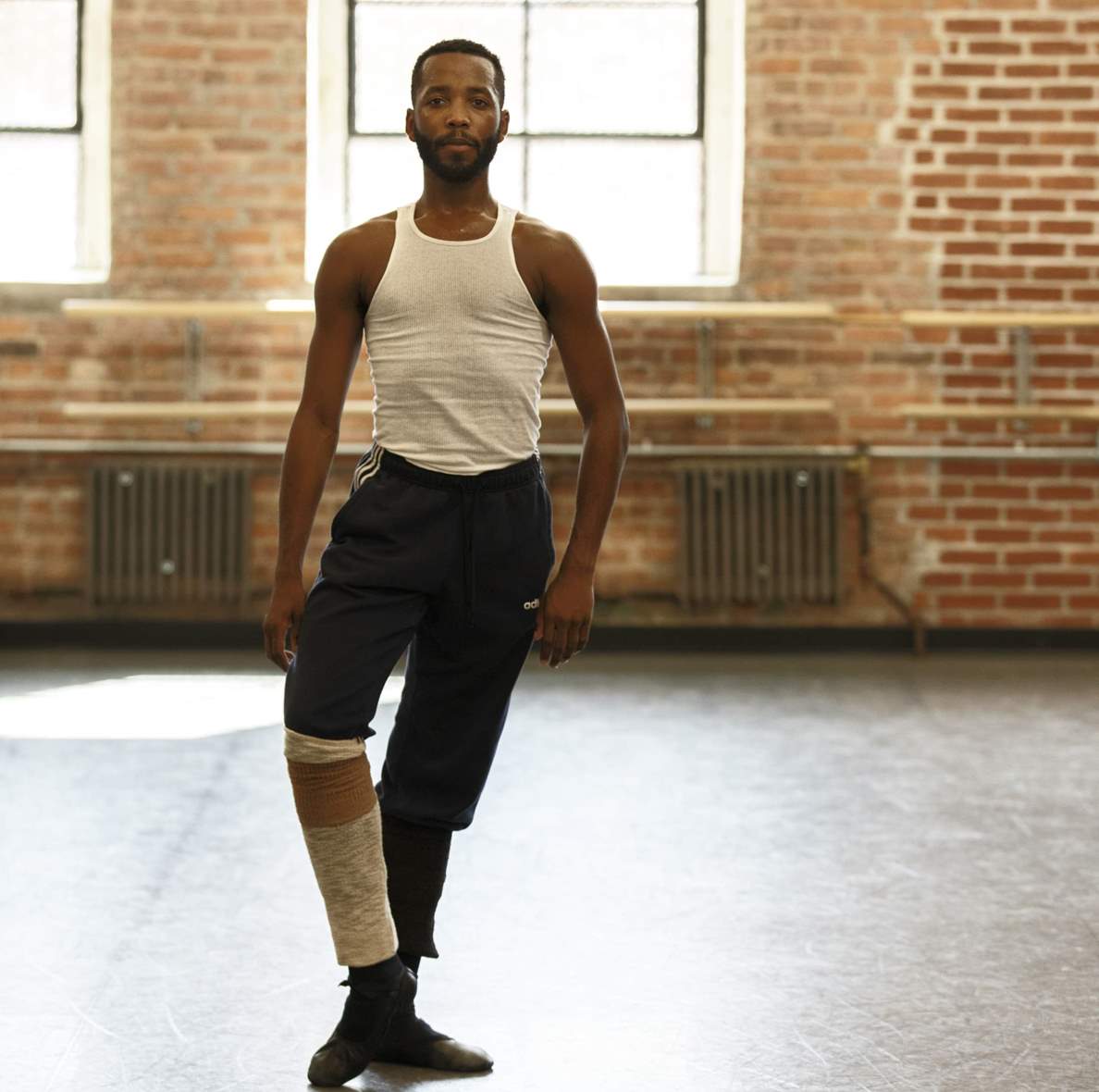— Last year, in the wake of the killing of
George Floyd and Breonna Taylor and the protests that followed, ballet companies started talking a lot more about race. About the issues of diversity, equity, and inclusion that organizations of all kinds were addressing, but also aesthetic assumptions, implicit biases and long-standing practices particular to
ballet and its history.
اضافة اعلان
“There were innumerable panel discussions,” said Robert Garland, the resident choreographer of Dance Theater of Harlem. “But I felt that for the younger Black dancers, it was a heavy burden to be responsible for all of that.”
Garland wanted to help them, and in the way that he knows best: by making a dance for them. That work, “Stare Decisis (To Stand by Things Decided),” has its debut on Wednesday as part of “NYC Free,” a monthlong festival at Little Island, the new public park on the Hudson River.
The most significant feature of “Stare Decisis” is its eight-member cast: an extraordinarily rare gathering of Black dancers from New York City Ballet, American Ballet Theater, and Dance Theater of Harlem. Misty Copeland — Ballet Theater’s first Black female principal dancer and one of the most famous ballerinas in the United States — is among them. (Little Island asked her to present a program.)
She isn’t dancing, though. Instead, she is a narrator, reciting a collection of quotations about democracy and the effort of defending the common good, drawn from the US Declaration of Independence and the likes of Thurgood Marshall, John Lewis, and Barbara Jordan.
“I’m at a point in my career when I feel the opportunity to pass the torch,” Copeland said after a rehearsal in a Dance Theater of Harlem studio on Sunday. “Anytime I can give a Black dancer an opportunity and bring Black dancers together, that’s what I’m trying to do.”
Recalling her own experience of being the only Black dancer during her first years with Ballet Theater, she added: “Anytime I got the chance to be around people who looked like me, I jumped at it. It’s important for us to be around each other, supporting one another.”
That’s what the cast seemed to be doing at the Sunday rehearsal — relaxing in one another’s company, trading stories. Rachel Hutsell, a City Ballet corps member, likened the whole experience to therapy. Kennard Henson, also with City Ballet, called the environment “crazy,” because this kind of cross-company collaboration “doesn’t happen” and “just being around people you can relate to makes a big difference.”
But it isn’t only the people who make a difference. It’s also Garland’s choreography, which deftly mixes classical ballet steps with moves and attitude from at least a century of Black popular dance.
“In Mr. Garland’s work, we get to show who we are through our movement,” said Alexandra Hutchinson, a Dance Theater of Harlem member. “It’s so freeing to be able to do that onstage, because oftentimes we’re told to tone it down.”
 Kennard Henson during a rehearsal of “Stare Decisis” at Dance Theater of Harlem in New York, August 15, 2021. (Photo: NYTimes)
Kennard Henson during a rehearsal of “Stare Decisis” at Dance Theater of Harlem in New York, August 15, 2021. (Photo: NYTimes)
Because of the pandemic, the dancers have been rehearsing mainly with members of the same company. That’s reflected in the work’s structure, with representatives of each troupe performing as separate units before everyone mingles in the finale. Then, as the Ballet Theater corps member Erica Lall put it, “We get to groove together.”
On Sunday, that grooving was glorious — joyful, buoyant, liberated. Afterward, Garland, Copeland, Hutsell, Lall, Hutchinson, Henson, Kouadio Davis (Dance Theater of Harlem) and India Bradley (New York City Ballet) all sat down to discuss the experience of making “Stare Decisis” and the meaning of dancing together. (Another cast member, Melvin Lawovi of Ballet Theater, was absent.) It was a conversation that quickly became a wide-ranging discussion of being Black in ballet. Here are edited excerpts.
“I feel like maybe we’re entering a new era as Black dancers. I’ve often felt competitive with the other Black people in the room, because there’s so little space (for us). But this has been an opportunity for me to get it into my body and mind that I need to root for the other Black and brown people in my community,” said Kouadio Davis, a dancer.
Read more Sports







